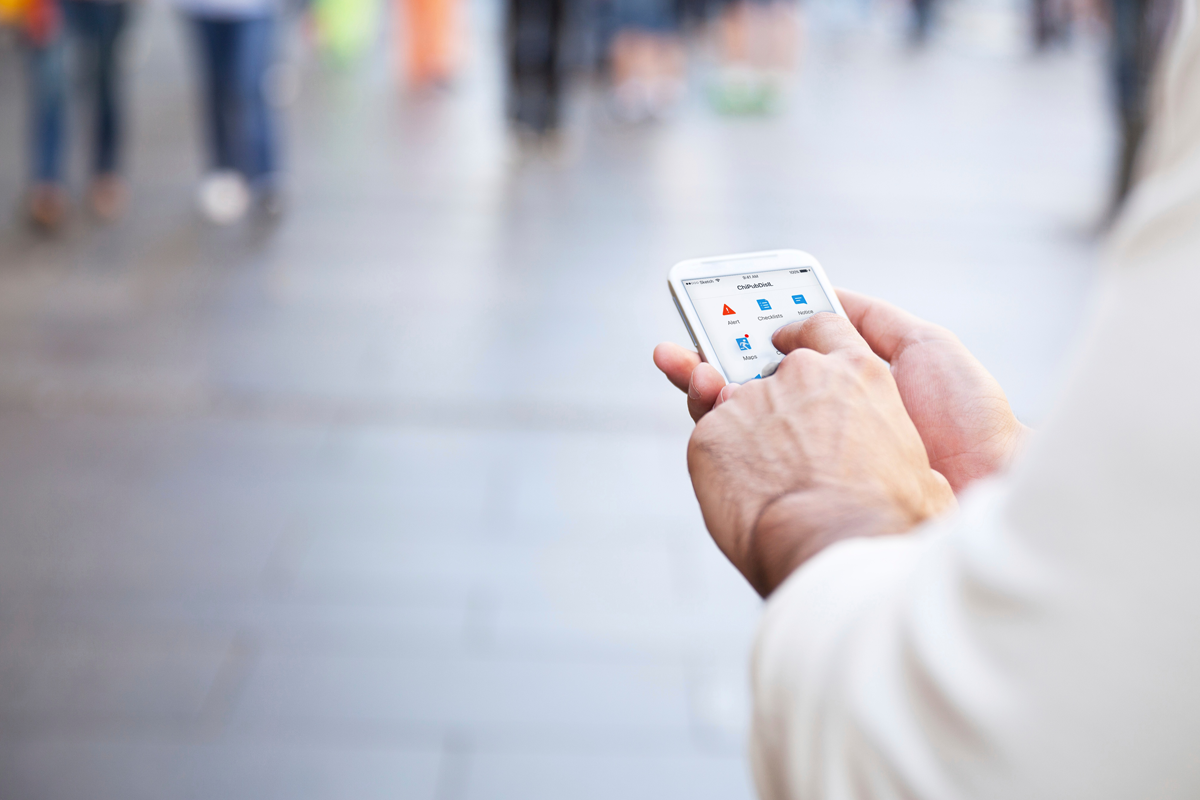Imagine you’re a teacher in a school. It’s 10:37 a.m. and you’re in your usual routine of educating your middle school classroom of 25 children. Suddenly, you hear gunshots popping from what you think is the front door entrance—what do you do?
Though uncommon, it’s unfortunately happened to many schools across America.
In response, companies have designed products and procedures to prevent, prepare, and respond to such situations. The topic frequently arises in social media channels and forums discussing silent alerts, specifically in the type of scenario we’re sharing here.
If you were this teacher and received an alert at full volume on either your mobile device, desktop computer, or panic button, would you feel threatened that the shooter was alerted to your location? It’s a common consensus among those who, frankly, have probably never been in that situation.
Here’s the thing: In this situation, if the shooter has already fired even one shot, they know that you know that they’re there…right?
But what if you had a way to receive an alert before a shot was even fired?
With integrations through CrisisGo, there are ways you can do just that. Through AI gun detection and human verification with our partner ZeroEyes’ solution, and integrated with our platform, teachers and staff can receive alerts of a verified gun on campus within seconds—potentially before shots are fired.
What about sending out silent alerts? Think back to the original scenario of going about your usual day of teaching your classroom full of kids. Will you be on your phone? Probably not. Will you respond instantly if you hear your phone beep, or even vibrate? How many seconds will go by before you look at that “silent” alert?
If you received an alert with a unique, startling sound, you’d be instantly aware that something was different…and potentially about to go terribly wrong.
The key here is that the alert sound for a more severe event should be drastically different than your everyday alert or notification sound. So when you hear this blaring alarm, you already know what your next actions should be—at least you should if you’ve been diligent with performing drills on a regular basis.












No Comments Yet
Let us know what you think